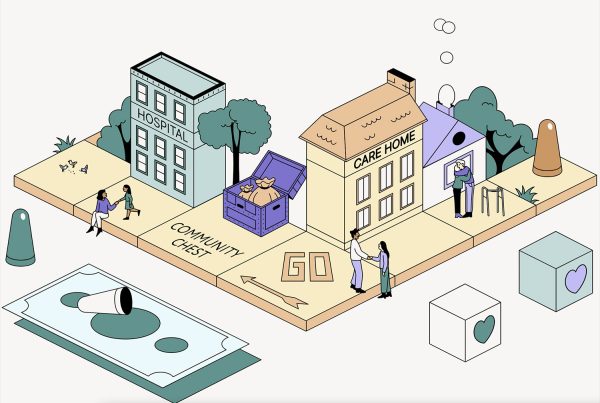Operating in a competitive and busy environment such as Soho, London, can be challenging for any business. Sticking out without being too flashy or eccentric can be tricky. This is when design comes in. Visualising you business’ identity is an effective way of appealing to the target audience. Although communication design is not a new concept, it is definitely important to any brand.
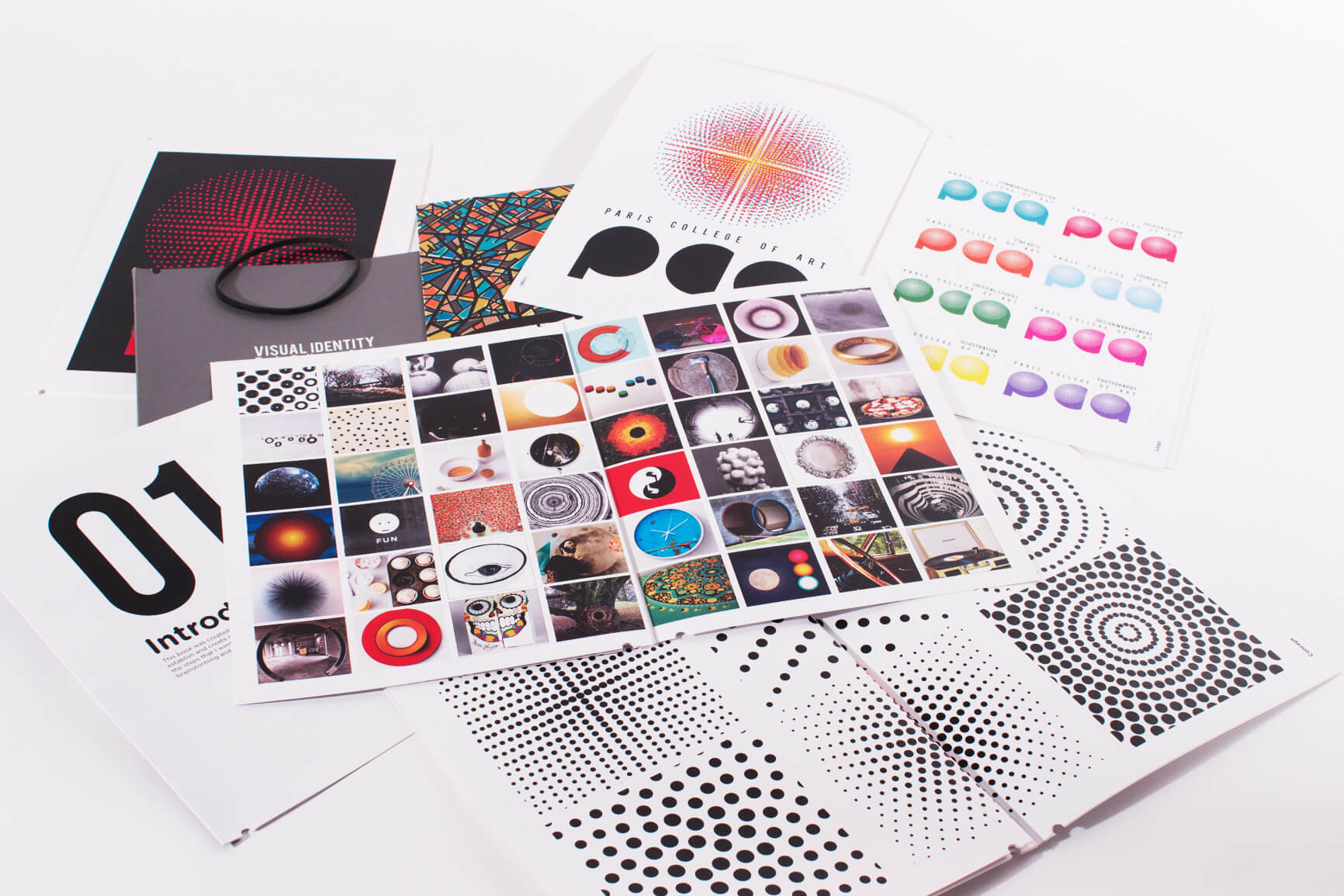
WHY IS DESIGN A KEY ASPECT IN MASS COMMUNICATION?
Communicating a message to a large amount of people without directly speaking to them can be tricky. Especially when it is a political or social issue, the process of reaching the population of a whole city or country is difficult. A politician, for example, will speak on rallies and present themselves on the media, but they (or their voters) will also use design to create a visual identity for themselves. This does not only help create a sense of familiarity an audience might respond to, but it can also shape their brand into a specific direction.
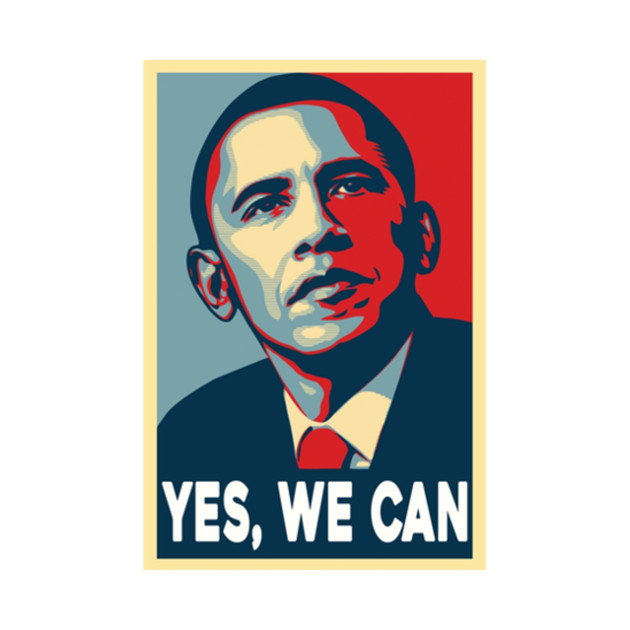
Using certain colours or fonts will communicate certain values; bold colours might be received as modern, subtle colours as traditional, and so on. Making prints, signs, hats, T-shirts or caps with a logo or a catchphrase on them, all made with the same colour system and fonts will generate a way of communicating your brand identity, without actually speaking. Corporate branding works in a similar way. Visual communication of a business to its audience is extremely important. Not only does a logo or a colour system give the brand the advantage of recognition or identification, but it also allows the brand to express their objectives and attitudes. Communication design is a great way to simplify complex business strategies for the target audience.
HOW TO COMMUNICATE YOUR CORPORATE IDENTITY
In order to find the best way to communicate your business’ identity through design, you will have to identify the message you want to bring across to the audience. Are you a family orientated business? Are you offering a service or selling a product? Would you like to exist in a niche, or target the mass market? All these questions are important to answer before any actual branding can be done.
After defining your brand’s strategy, it is then essential to carefully choose the right visual language to transport the brand’s message. Having an unusual colour system or a bold font might look extravagant and eye-catching, but if it doesn’t work with the brand identity, it will be difficult to generate attention from the target audience. The next step is to create a variety of graphic design concepts. Having several options will give you flexibility, but it will also make it easier to find the visual language that works best for your business. Once this visual language is crystallised, it will then be applied to your brand’s products or services: website, advertising, packaging, stores or products will be designed using the same branding strategy.
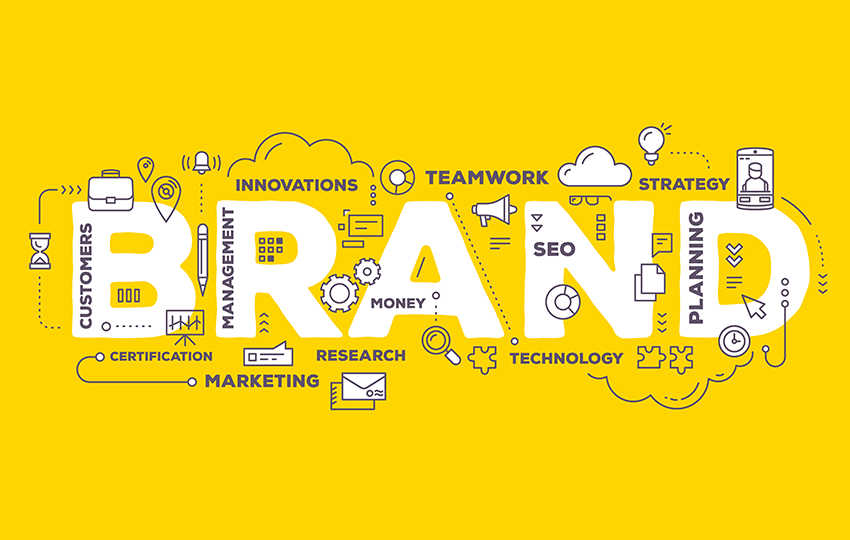
THE DIFFERENT ASPECTS OF COMMUNICATION DESIGN
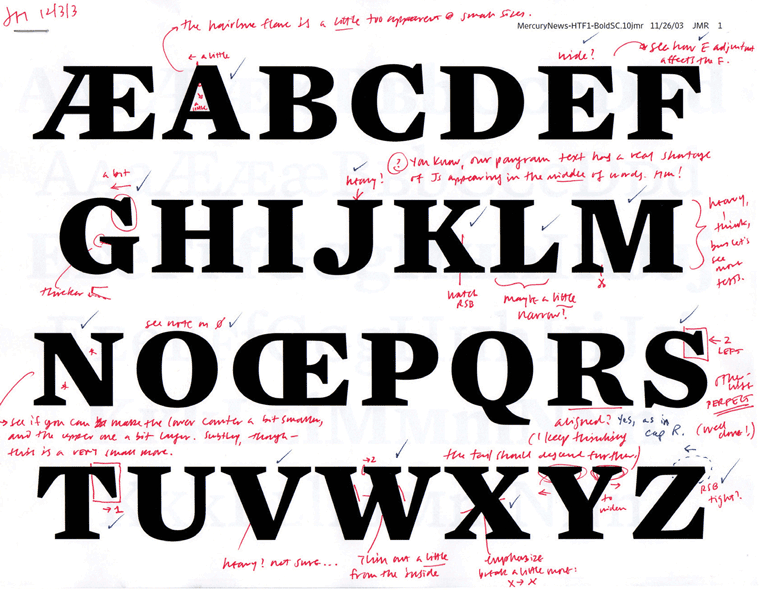
Illustration
For the illustrations/art (if you need any) the right colours and style for your branding strategy need to be picked. This can be bold or simple, eccentric or subtle – as long as it works well with your overall corporate identity.
Typography
Having a fun typography can let your brand appear in a welcoming, laid-back light. Using a more traditional font could communicate seriousness. The typefaces, sizes, line-lengths and arrangement of the letters have to be carefully developed.
Layout & Composition
It is important to decide where each bit of information should be positioned on each product/poster/merchandise your business is presenting. This will help to underline a message you might want to visualise.
Interaction
If you are considering to use apps or other interactive mediums to present your business, you will have to think about user interface and how the consumer will interact with your branding.
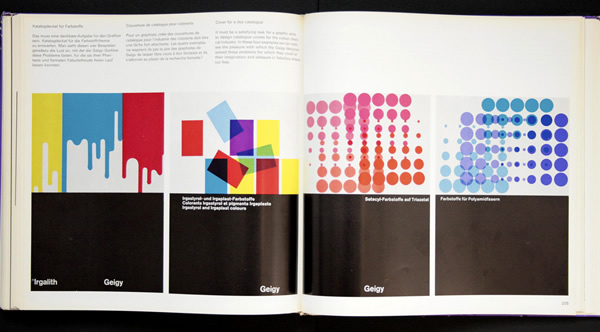
THINGS TO CONSIDER
Here are some general things you should consider when developing your brand design. Is it easy to understand? Does it communicate my brand’s identity? Does the design work on different platforms? Is it a timeless design, or will I need to make changes in the future? Having good answers to these questions can be an indication that you have created qualitative branding.
What are your thoughts on Communication Design? Leave a comment below.
Other articles you might be interested in: Feminism in Design or Design Trends for 2019


